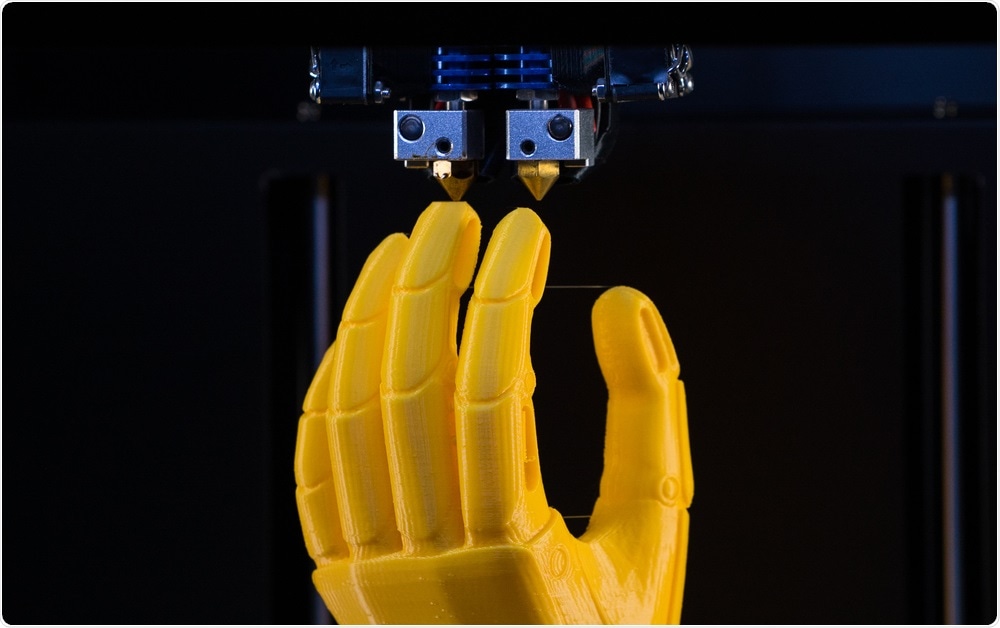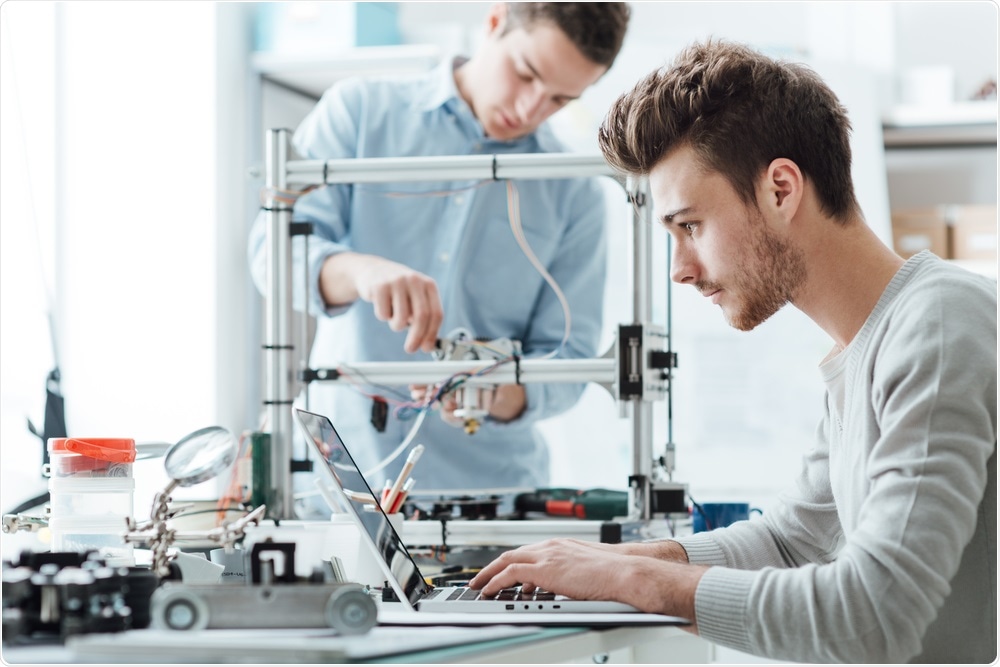Between February 5 - 7 2019, the Anaheim Convention Center in Southern California hosted the annual MD&M West medical manufacturing conference.
MD&M West in Anaheim, CA | Feb. 5-7, 2019 | 15-Second Ad
Innovative 3D Printing Solutions
The incorporation of three-dimensional (3D) printing, also referred to as additive manufacturing, has continued to intensify across a wide variety of industries, as companies around the world become increasingly aware of how cost-effective this technology is.
Within the medical field, researchers are starting to use 3D printing to create tissues and organoids as potential alternatives to human organ transplants. Furthermore, 3D printing has also improved medical teaching curricula by creating patient-specific organ replicas for surgeons to practice on before performing complicated procedures.
This year’s MD&M West event explored these types of 3D printing innovations by discussing how various 3D printing healthcare applications have transitioned from a prototyping phase to mainstream production. Speakers like Grant Shirley from Stratasys argued the importance of maintaining rigorous quality assurance testing and inspection processes of all 3D printed materials, particularly those which exhibit complex geometries and are composed of new and different materials.
Supporting Product Development
 stockddvideo | Shutterstock
stockddvideo | Shutterstock
As technology companies continue to make their mark within the clinical setting, it is imperative that product designers and manufacturers maintain a close relationship with their end users who, in this case, are the clinicians and patients that will be benefitting from these products.
Many technology companies that have experience with developing medical devices agree that, in addition to prototyping their devices through numerous usability tests, active conversation with other companies, as well as clinicians and patients, was pivotal to their success.
The opening plenary to MD&M West’s Product Development & User-Centered Design track provided a unique insight into the entrepreneurs attending the conference on the importance of collaboration in this field.
Anne Wellington, who is currently a managing director at Cedars-Sinai, informed the audience on how young companies can collaborate with their prospective end users of the health industry to develop products that precisely meet their consumers’ needs.
Phillip Remedios of BlackHagen Design also supported this discussion in a separate seminar by examining the methodology needed to achieve innovative product design.
Staying Up to Date with the EU and the FDA
 Stock-Asso | Shutterstock
Stock-Asso | Shutterstock
In 2018 alone, over 50 different types of medical devices were approved for use by the United States Food & Drug Administration (FDA). These novel medical devices range from ophthalmic surgical lasers, heart pumps, implantable lenses, glucose monitoring systems and much more.
At MD&M 2019, Dr. Daniel Shultz discussed the FDA’s current strategies and areas of concerns regarding medical device technology, and how the priorities of this federal entity have the potential to affect the manufacturing companies that produce these products.
In addition, Dr. Michael Drues discussed the various programs that have been incorporated into the FDA’s Breakthrough Designation Program (BDP). In an effort to improve patient access to novel technologies, Dr. Drues discussed how manufacturers can apply for BDP designation and tips on how to ensure that their applications are not rejected or delayed.
Although the regulations set by federal entities within the United States and the European Union are primarily interested in the safety and well-being of patients, medical device manufacturers may feel restricted by these laws. For example, the Restriction of Hazardous Substances (RoHS) and Registration Evaluation and Authorization [and restriction] of Chemicals (REACh) acts of the European Union have continued to increase restrictions on medical devices that have been miniaturized or those that are composed of more exotic materials.
To overcome these legislative challenges, Thomas Bowles of FUTEK Advanced Sensory Technology, Inc. discussed ways in which product designers can meet the demands of these restrictions while also allowing their products to progress to market.
Conclusion
Overall, the 2019 MD&M West conference provided attendees with numerous different sessions that covered a wide variety of relevant topics on product trends, new materials, artificial intelligence, robotics and much more.
With respected speakers from highly successful companies, such as Edwards Lifesciences, Galen Robotics and Merck, as well as health professionals from well-renowned hospitals like Mayo Clinic, this year’s MD&M West provided attendees with an intimate view on the future of medical technology.